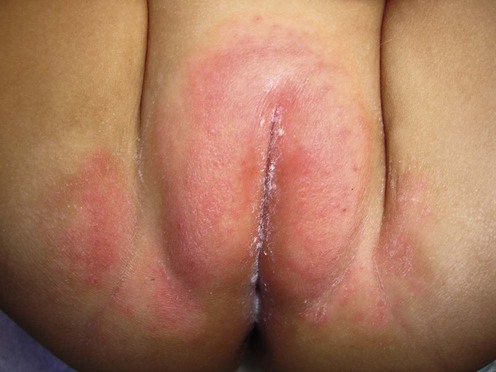Smith WJ, Jacob SE. Pediatr Dermatol 2009; 26: 369–70.
Diaper dermatitis

Specific investigations
The role of allergic contact dermatitis in diaper dermatitis.
![]()
Stay updated, free articles. Join our Telegram channel

Full access? Get Clinical Tree







